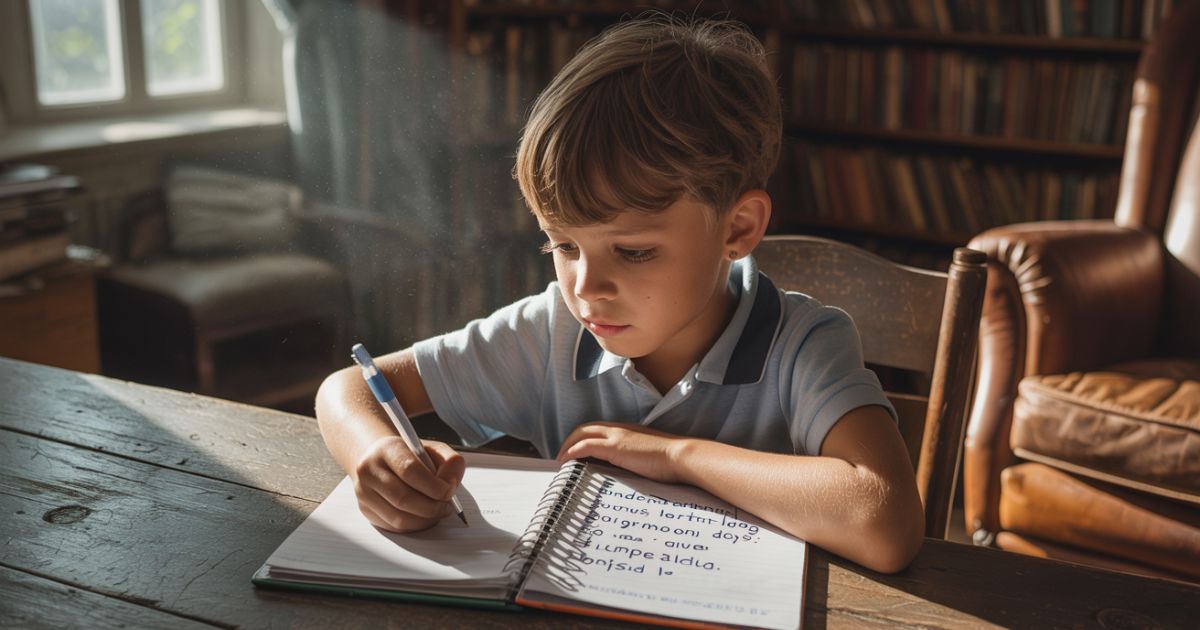The English language can be tricky sometimes, especially when it comes to apostrophes. One of the most common areas of confusion involves the use of boy’s, boys’, and boys. While these words look almost identical, each has a specific meaning and usage. Understanding the difference is not only useful for better grammar—it’s also essential for clear communication.
In this guide, we’ll break down what each form means, when to use them, and give you simple, real-life scenario examples to help make things stick. Let’s dive in.
The Basics of Singular and Plural Nouns
Before we explore the different forms of boy, let’s start with a quick refresher.
- Singular means just one: boy
- Plural means more than one: boys
Now let’s look at what happens when we add apostrophes.
What Does Boy’s Mean?
Boy’s is the singular possessive form of the word “boy.” That means it shows that something belongs to one boy.
Example:
- The boy’s backpack is blue.
In this sentence, there is only one boy, and the backpack belongs to him.
More Examples in Real Life:
- The boy’s dog followed him to school.
(One boy owns the dog.) - I found the boy’s notebook on the desk.
(The notebook belongs to one boy.)
Tip to Remember:
If you’re talking about one boy who owns something, you add ’s: boy’s.
What Does Boys’ Mean?
Boys’ is the plural possessive form of “boy.” This means you’re talking about more than one boy, and something that belongs to them.
Example:
- The boys’ shoes were muddy after the soccer game.
Here, you’re referring to multiple boys, and the shoes belong to all of them.
More Real-Life Examples:
- The boys’ restroom is down the hall.
(A restroom used by several boys.) - All the boys’ projects were displayed at the science fair.
(The projects created by multiple boys.)
Tip to Remember:
If the word already ends in ‘s’ because it’s plural, just add an apostrophe at the end to make it possessive: boys’.
What Does Boys Mean?
Boys is simply the plural form of the noun “boy.” It means you’re talking about more than one boy, but not showing ownership or possession.
Example:
- The boys played basketball after school.
This just tells us what the boys did—no possession involved.
More Examples in Everyday Use:
- The boys are in the living room watching TV.
- She teaches a group of boys at the local school.
Tip to Remember:
If there’s no ownership involved, and you’re just talking about more than one boy, use boys without an apostrophe.
Side-by-Side Comparison
Let’s look at these three in a similar sentence structure to really highlight the difference:
- The boy’s lunchbox was missing.
(One boy’s lunchbox is gone.) - The boys’ lunchboxes were missing.
(Multiple boys—each lost their lunchboxes.) - The boys were eating lunch together.
(A group of boys, but no possession shown.)
Common Mistakes and How to Avoid Them
Even seasoned writers sometimes mix these up. Let’s look at a few common errors:
Mistake: Using boy’s when you mean boys
- Incorrect: All the boy’s ran outside when the bell rang.
- Correct: All the boys ran outside when the bell rang.
(No possession here, just more than one boy.)
Mistake: Using boys’ when talking about one boy
- Incorrect: The boys’ bicycle was red.
- Correct: The boy’s bicycle was red.
(Only one boy, and he owns the bike.)
Mistake: Using boys when possession is needed
- Incorrect: I borrowed one of the boys pens.
- Correct: I borrowed one of the boys’ pens.
(You’re borrowing something that belongs to them—so you need the possessive form.)
A Few Fun Memory Aids
Here are a couple of tricks to help you remember which form to use:
1. Ask: “How many boys are we talking about?”
- One boy = boy
- More than one = boys
2. Ask: “Is something owned or possessed?”
- If yes, you need an apostrophe:
- One boy: boy’s
- Multiple boys: boys’
3. Try rewording:
- The boy’s book → The book belonging to the boy
- The boys’ game → The game the boys are playing
- The boys are here → Just a group of boys—no possession
Practice Scenarios
Let’s apply what we’ve learned to a few short stories or situations:
Scenario 1: At the Park
Maria saw a group of boys playing with a frisbee. One of the boy’s frisbees flew over the fence. She helped them retrieve it.
- First use: boys = more than one boy, no possession.
- Second use: boy’s = the frisbee belonged to one boy.
Scenario 2: In the Classroom
Ms. Johnson graded all the boys’ spelling tests and was pleased with their improvement. One boy’s score had gone up by 20 points!
- boys’ = tests belonged to multiple boys.
- boy’s = refers to a single boy and his score.
Scenario 3: After School
The boys walked home together. One of the boys’ jackets was left on the bench.
- First use: boys = just talking about more than one boy.
- Second use: boys’ = the jacket belongs to one of the boys in the group.
Final Thoughts
Getting the difference between boy’s, boys’, and boys right may seem like a small detail, but it can make a big difference in your writing and clarity. English grammar has its quirks, but with a bit of practice, you’ll find these kinds of rules start to feel natural.
Key Takeaways:
- Boy’s = something belongs to one boy
- Boys’ = something belongs to more than one boy
- Boys = more than one boy (no ownership)
Whenever you’re unsure, pause and ask yourself:
“Is it singular or plural?” and “Is something being owned or described?”
Once you build that habit, you’ll spot the right form in no time.


